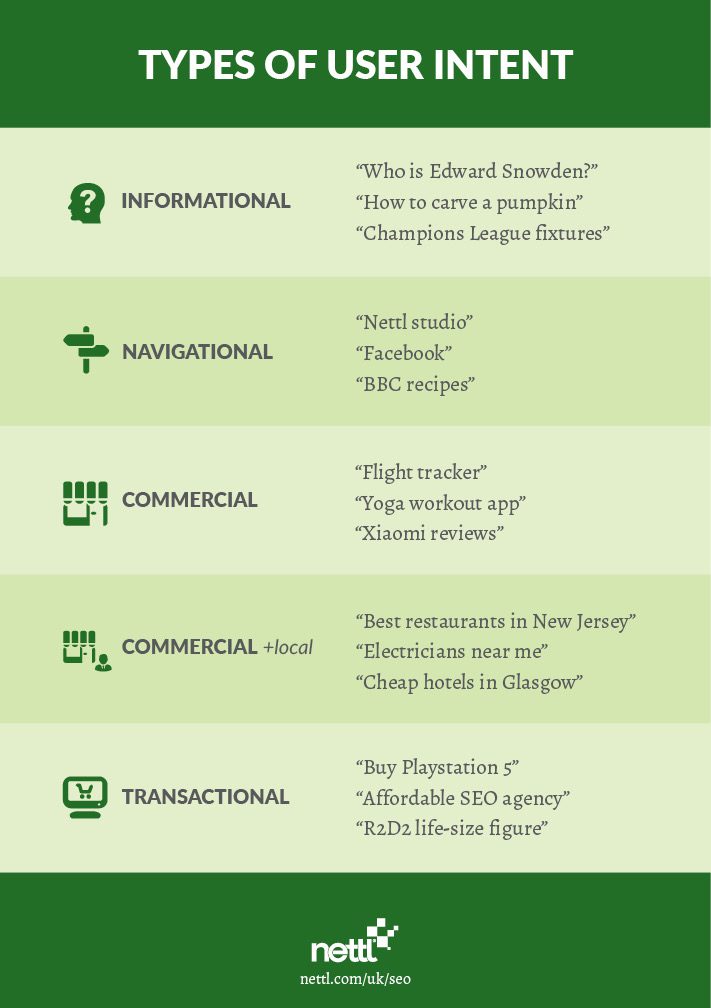What is a Product Review Page?
Product reviews are pages of content that contain useful and helpful information in an effort to help a user make a purchase decision.
They share findings and reviews from in-depth research, testing, and experimentation.
And so, for many years, clever marketers have used such a content strategy to entice readers along to their web pages.
This wonderful wilderness of opportunity has remained relatively unregulated until recently.
That’s not to say the content on high performing pages would’ve been poor. Especially if it ranked well in the first place.
The content, and website in general, would’ve needed to satisfy the scrutiny of several Googlebots.
However, recognising the influence of such posts, Google wants more.
So much more in fact, that the search juggernaut has created ‘best practices’ for creating high quality product reviews.
A recent algorithm update has been unleashed on just this subject, so it’s worth us paying extra attention.
Let’s dive in and see what’s expected of you.









